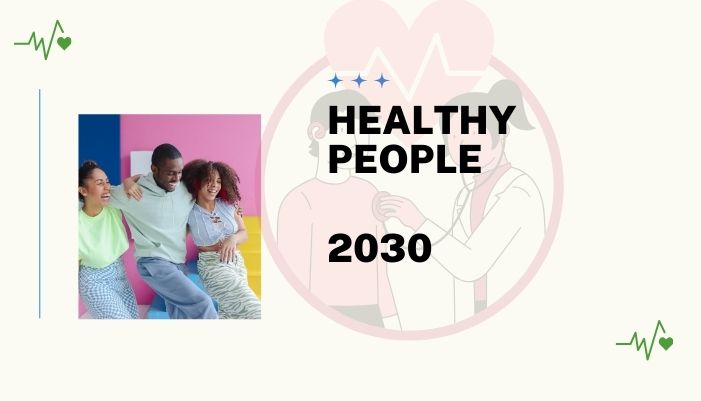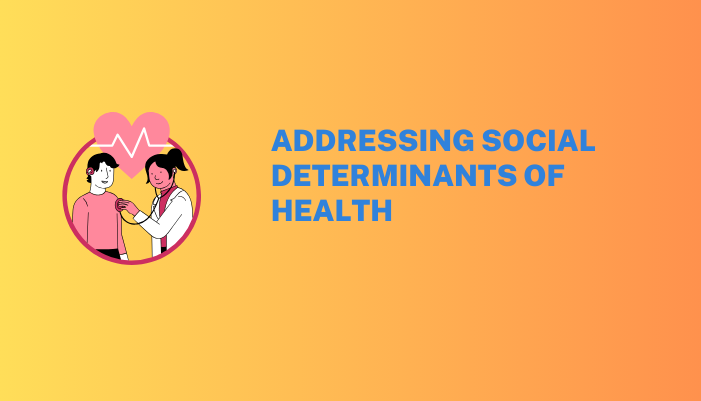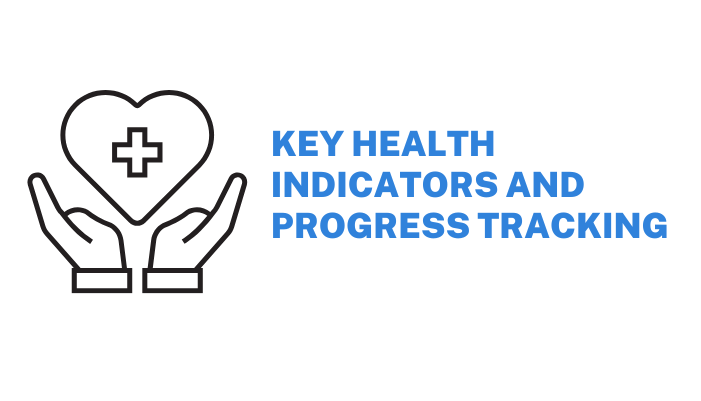Healthy People 2030: A Vision for Health Equity

Healthy People 2030 is a comprehensive initiative led by the U.S. Department of Health and Human Services (HHS). It aims to promote health equity, eliminate health disparities, and improve the overall well-being of individuals across the nation.
This initiative establishes science-based objectives and actionable strategies to address the most pressing public health challenges of today and tomorrow.
Addressing Social Determinants of Health
Social determinants of health (SDOH) are the conditions in which people live, learn, work, and play. These factors significantly impact an individual’s health and well-being. Examples include access to education, availability of healthcare, housing stability, and income levels.

Understanding the Impact of SDOH on Health Outcomes
Research has consistently shown that social and economic factors contribute more to health outcomes than medical care alone. For instance, individuals living in low-income neighborhoods may face barriers to nutritious food, safe housing, and quality healthcare services, leading to poorer health outcomes.
Strategies to Promote Health Equity
To address SDOH, Healthy People 2030 encourages policymakers, community leaders, and organizations to:
- Expand access to quality education and job training programs.
- Increase affordable housing options.
- Enhance public transportation systems.
- Provide culturally appropriate healthcare services.
Key Health Indicators and Progress Tracking
Healthy People 2030 tracks progress through a set of Leading Health Indicators (LHIs), which highlight critical health priorities and measure progress toward achieving health equity.

Infographics Illustrating National Health Priorities
These user-friendly visuals help policymakers and communities understand complex health data. Infographics cover areas like childhood obesity, vaccination rates, and mental health trends.
Monitoring Progress with Evidence-Based Data
Evidence-based data plays a crucial role in assessing the success of initiatives. Regular updates ensure that communities and stakeholders stay informed about what is working and where improvement is needed.
Reducing Health Disparities
Health disparities refer to differences in health outcomes among different population groups. These disparities are often rooted in systemic inequities.
Using Data to Identify and Close Gaps in Health Equity
By analyzing health disparities data, communities can identify specific challenges and target interventions where they are needed most. For example, addressing higher rates of chronic disease in underserved communities can significantly improve overall health outcomes.
Success Stories from Communities Tackling Disparities
Across the country, communities are making strides in closing health equity gaps. For instance, initiatives focusing on improving maternal health in minority populations have shown promising results in reducing infant mortality rates.
Evidence-Based Resources for Better Health
Evidence-based resources are essential for driving effective public health interventions. Healthy People 2030 provides a wealth of tools to support healthcare professionals, educators, and policymakers.
Tools and Strategies for Healthcare Professionals
- Clinical guidelines for preventive care
- Best practices for managing chronic conditions
- Training programs for culturally competent care
Guidelines to Implement Public Health Interventions
Communities can access frameworks and toolkits to implement initiatives such as smoking cessation programs, mental health awareness campaigns, and nutrition education.
Healthy People in Action: Success Stories
Healthy People 2030 showcases inspiring examples of communities and organizations making a difference in public health.
Celebrating Initiatives That Advance Public Health Goals
One standout success is the Coordinating Council on Access and Mobility (CCAM), which has been uniting transportation efforts across federal agencies for over 20 years. By improving transportation options, CCAM has helped individuals access critical healthcare services and employment opportunities.
Spotlight on the Coordinating Council on Access and Mobility
The CCAM’s collaborative efforts demonstrate the power of partnerships in addressing social determinants of health. Their initiatives serve as a model for other communities seeking to improve health equity.
Partnerships for Health Promotion
Achieving the ambitious goals of Healthy People 2030 requires strong partnerships between federal agencies, local governments, nonprofits, and community organizations.
Collaboration Across Federal Agencies and Local Communities
Federal agencies provide funding, research, and policy support, while local communities bring grassroots knowledge and implementation expertise. Together, these partnerships drive meaningful change.
The Role of ODPHP in Fostering Partnerships
The Office of Disease Prevention and Health Promotion (ODPHP) plays a central role in coordinating efforts, sharing resources, and ensuring accountability across all levels of government and society.
Frequently Asked Questions (FAQs)
What is Healthy People 2030?
Healthy People 2030 is a national initiative by the U.S. Department of Health and Human Services aimed at improving health equity, eliminating disparities, and enhancing overall well-being through science-based objectives.
What are social determinants of health?
Social determinants of health are the conditions in which people live, work, and play. These factors, such as income, education, and housing, significantly impact health outcomes.
How does Healthy People 2030 track progress?
Progress is tracked using Leading Health Indicators (LHIs), which highlight critical health priorities and measure improvements over time.
What resources does Healthy People 2030 provide?
The initiative offers evidence-based guidelines, data tools, and success stories to support healthcare professionals, educators, and policymakers in implementing public health interventions.
How can communities address health disparities?
Communities can use data to identify gaps, target interventions, and promote equity by addressing social determinants of health and fostering partnerships.




